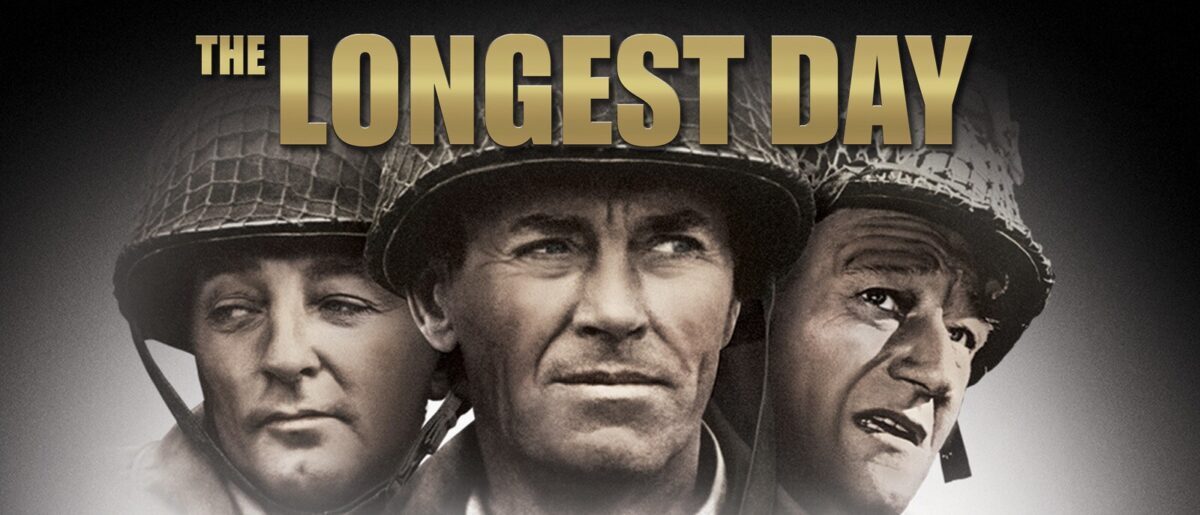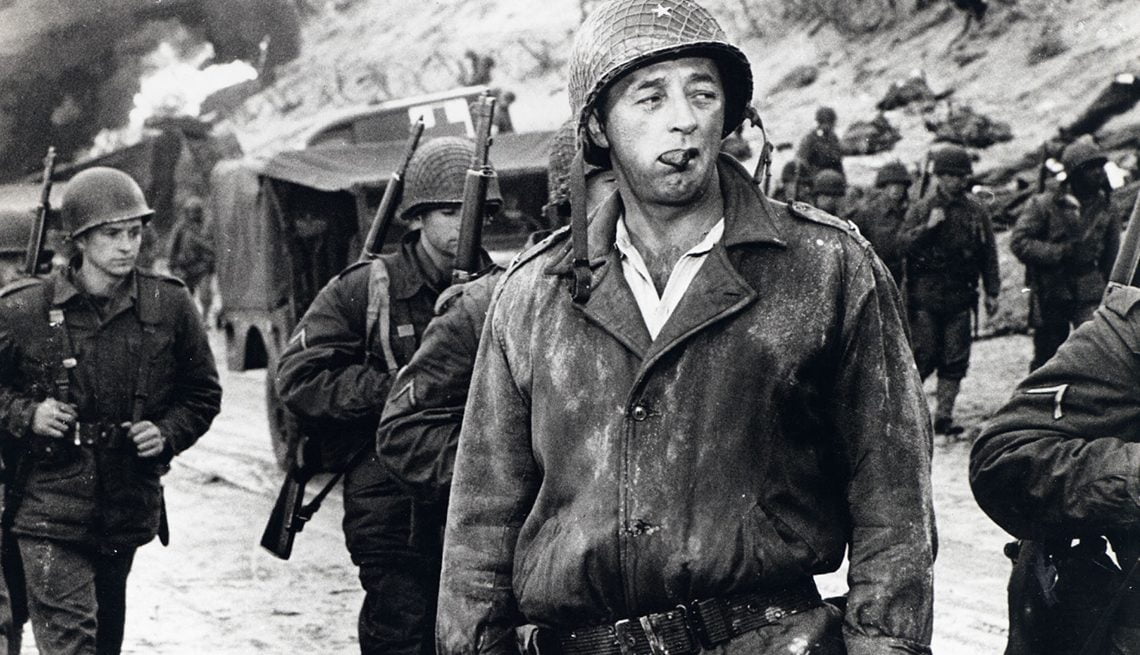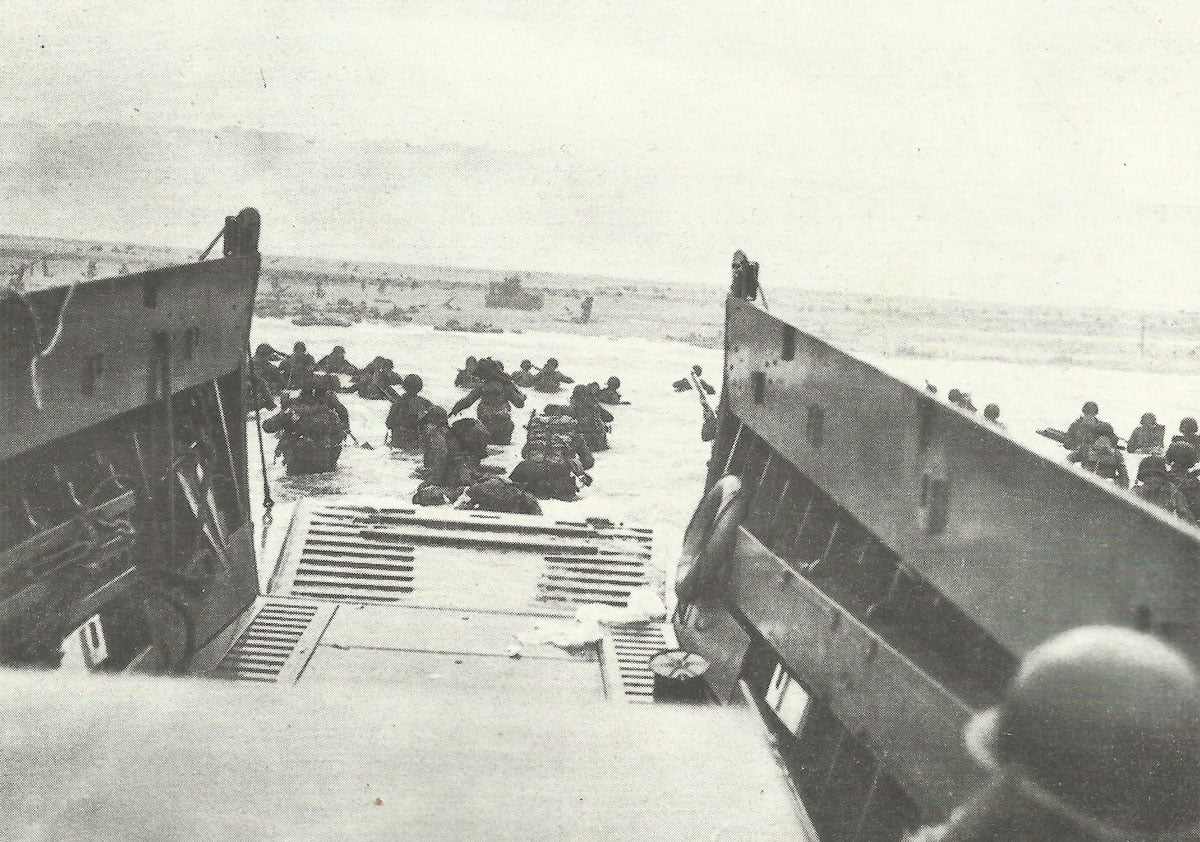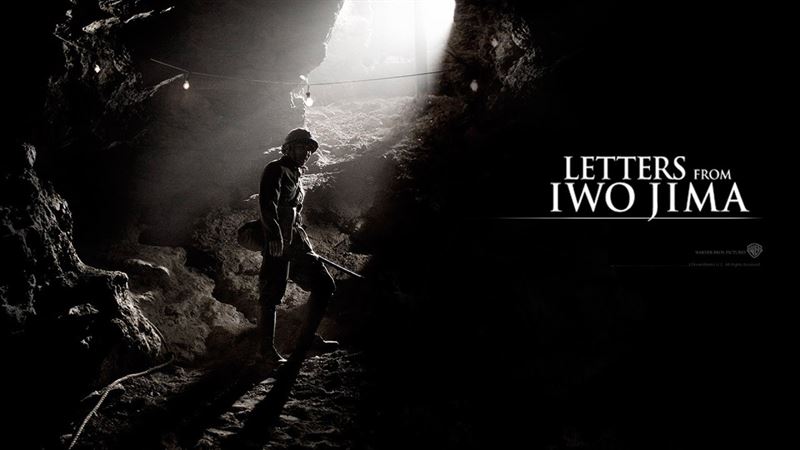The Longest Day (1962): A Cinematic Depiction of the D-Day Invasion.

Set against the backdrop of World War II, “The Longest Day” captures the tension and intensity of the D-Day invasion with remarkable detail and authenticity. The film meticulously recreates the events leading up to June 6, 1944, when thousands of Allied troops landed on the beaches of Normandy, France, in a daring attempt to liberate Europe from Nazi control.
One of the film’s greatest strengths is its ensemble cast, which includes some of the biggest names in Hollywood at the time. From John Wayne to Sean Connery, the film features a star-studded lineup that brings a diverse range of characters to life. Each actor delivers a memorable performance, portraying the soldiers, commanders, and civilians involved in the operation with a sense of realism and gravitas.
With its sprawling narrative, “The Longest Day” offers a comprehensive view of the events leading up to and following the invasion. The film showcases not only the military strategies and tactics employed by the Allied forces but also the personal stories of the individuals caught up in the chaos of war. From the paratroopers dropping behind enemy lines to the sailors navigating treacherous waters, the film presents a multi-faceted portrayal of the D-Day campaign.
Visually, “The Longest Day” is a stunning achievement. The filmmakers spared no expense in recreating the battle scenes, using a combination of practical effects and innovative camera techniques to immerse the audience in the action. From the sweeping aerial shots of the armada of ships crossing the English Channel to the gritty close-ups of soldiers storming the beaches, every frame is meticulously crafted to convey the scale and brutality of war.
Furthermore, the film’s attention to historical accuracy is commendable. Extensive research was conducted to ensure that the uniforms, equipment, and locations depicted in the film were as authentic as possible. This commitment to detail adds an extra layer of authenticity to the story, allowing viewers to fully immerse themselves in the events unfolding on screen.
“The Longest Day” is not just a war film; it is a testament to the bravery, sacrifice, and resilience of the men and women who fought in World War II. By presenting a comprehensive and nuanced portrayal of the D-Day invasion, the film serves as a powerful reminder of the human cost of war and the extraordinary feats that can be achieved in the face of adversity.
As the sun rose on June 6, 1944, the world held its breath. The invasion of Normandy, codenamed Operation Overlord, was about to begin. The Allied forces, consisting of American, British, and Canadian troops, had spent months meticulously planning every detail of this audacious assault. The goal was clear: to establish a foothold on the heavily fortified beaches of Normandy and begin the liberation of Western Europe from Nazi control.
“The Longest Day” captures the gravity of this pivotal moment in history. The film takes us behind the scenes, offering a glimpse into the relentless preparation and nerves of steel required for such a daring operation. From the top military brass to the foot soldiers who would storm the beaches, each person had a role to play in this high-stakes gamble for freedom.
The ensemble cast of “The Longest Day” brings this historical event to life. Renowned actors such as John Wayne, Henry Fonda, and Sean Connery portray the real-life heroes who fought on that fateful day. Their performances are a testament to the bravery and sacrifice of the men who risked everything for a chance at victory.
But “The Longest Day” is not just about the Allies. The film also offers a glimpse into the German perspective, showcasing the meticulous defenses put in place by the Nazi forces. It humanizes the enemy, reminding us that the soldiers on the other side of the battlefield were also sons, brothers, and fathers.
Through its sweeping narrative and attention to detail, “The Longest Day” immerses viewers in the historical context of the invasion. It reminds us of the immense challenges faced by the Allied forces as they confronted the formidable German war machine. From the treacherous waters of the English Channel to the deadly obstacles on the beaches, every step of the invasion was fraught with danger.
Ultimately, “The Longest Day” is a testament to the indomitable spirit of those who fought on D-Day. It pays homage to the bravery and sacrifice of the soldiers who stormed the beaches and the countless others who supported them from afar. By capturing the tension and anticipation leading up to the invasion, the film serves as a powerful reminder of the price paid for freedom.
A Stellar Cast and Performances

“The Longest Day” boasts an impressive ensemble cast, including John Wayne, Richard Burton, Sean Connery, Henry Fonda, Robert Mitchum, and many more. Each actor brings their unique talent and charisma to their respective roles, creating a captivating and authentic portrayal of the soldiers, officers, and civilians involved in the invasion.
John Wayne delivers a memorable performance as Lieutenant Colonel Benjamin Vandervoort, a paratrooper tasked with leading his men behind enemy lines. His portrayal showcases both the bravery and vulnerability of the soldiers involved in the operation. Wayne’s commanding presence and rugged charm make him the perfect fit for the role, capturing the essence of a dedicated military leader.
Richard Burton’s portrayal of Flight Officer David Campbell adds a touch of British charm and resilience to the film. Burton’s impeccable accent and suave demeanor bring a sense of sophistication to the character, highlighting the determination and unwavering spirit of the British forces during the invasion. His performance is both captivating and nuanced, capturing the essence of a man who is willing to sacrifice everything for the cause.
Sean Connery’s depiction of Private Flanagan highlights the camaraderie and determination of the soldiers on the ground. Connery’s natural charisma and rugged charm make him a standout in the film, portraying Flanagan as a fearless and loyal soldier who will stop at nothing to complete his mission. Connery’s performance is both gritty and heartfelt, showcasing the emotional toll that war takes on the individuals involved.
Henry Fonda’s portrayal of Brigadier General Theodore Roosevelt Jr. brings a sense of gravitas and leadership to the film. Fonda’s commanding presence and authoritative voice make him the perfect fit for the role, capturing the essence of a high-ranking officer who is responsible for making crucial decisions during the invasion. His performance is both powerful and nuanced, showcasing the weight of the responsibility placed on the shoulders of the military leaders.
Robert Mitchum’s portrayal of Brigadier General Norman Cota adds a sense of determination and strategic thinking to the film. Mitchum’s calm and collected demeanor make him a standout in the ensemble cast, portraying Cota as a brilliant military strategist who is able to make quick and decisive decisions in the heat of battle. Mitchum’s performance is both commanding and nuanced, capturing the essence of a man who is willing to do whatever it takes to ensure the success of the invasion.
Overall, the stellar cast and performances in “The Longest Day” elevate the film to new heights. Each actor brings their unique talents and charisma to their respective roles, creating a captivating and authentic portrayal of the soldiers, officers, and civilians involved in the invasion. Their performances breathe life into the characters, allowing the audience to connect with their struggles, triumphs, and sacrifices. With such a talented cast, “The Longest Day” stands as a testament to the power of exceptional acting in bringing historical events to life on the silver screen.
The Realism of the Battle Scenes
One of the standout aspects of “The Longest Day” is its attention to detail in depicting the battle scenes. The filmmakers went to great lengths to recreate the intensity and chaos of the actual events. From the paratroopers dropping from the sky to the amphibious assault on the beaches, every aspect of the invasion is meticulously recreated.
The film’s use of practical effects and large-scale set pieces adds to the realism. The audience can feel the tension and danger as the soldiers storm the beaches under heavy fire. The cinematography, combined with the powerful performances, immerses viewers in the harrowing experience of the soldiers on D-Day.
One of the ways in which the filmmakers achieved this realism was through extensive research and consultation with veterans who had participated in the Normandy landings. They studied firsthand accounts, examined historical records, and even visited the actual locations to ensure that the film accurately portrayed the events of June 6, 1944.
Furthermore, the attention to detail extended to the costumes and props used in the film. The uniforms worn by the actors were authentic replicas, painstakingly recreated based on original designs. The weapons and equipment used by the soldiers were also accurate to the time period, adding an extra layer of authenticity to the battle scenes.
In addition, the filmmakers made use of innovative filming techniques to capture the chaos and confusion of the battle. They employed handheld cameras to give the scenes a documentary-like feel, allowing the audience to feel as if they were right in the midst of the action. The use of multiple camera angles and fast-paced editing further enhanced the sense of realism, creating a visceral viewing experience.
Overall, “The Longest Day” stands as a testament to the filmmakers’ commitment to accurately portraying the events of D-Day. Through meticulous attention to detail, extensive research, and innovative filming techniques, they were able to recreate the intensity and chaos of the battle scenes. The result is a film that not only entertains but also educates, allowing viewers to gain a deeper understanding of the sacrifices made by the soldiers who fought on that fateful day.
A Balanced Narrative
“The Longest Day” provides a balanced perspective by showcasing the experiences of both the Allied and German forces. The film highlights the challenges faced by the Germans as they try to defend their positions against the overwhelming Allied assault. This approach humanizes the enemy and offers a more nuanced understanding of the conflict.
The film also explores the civilian perspective, illustrating the impact of the invasion on the local population. Through the eyes of French resistance fighters and civilians caught in the crossfire, “The Longest Day” captures the human cost of war and the resilience of those affected by it.
By including the German perspective, “The Longest Day” challenges the traditional narrative that portrays the Allied forces as the heroes and the Germans as the villains. It acknowledges that both sides were made up of individuals who were caught up in the larger machinery of war. By delving into the experiences of the German soldiers, the film shows that they too had fears, hopes, and dreams just like their Allied counterparts.
Furthermore, “The Longest Day” does not shy away from depicting the atrocities committed by both sides during the conflict. It portrays the horrors of war in a realistic and unflinching manner, reminding the audience that war is not a glorious endeavor but a devastating tragedy that affects everyone involved.
In addition to the military and civilian perspectives, “The Longest Day” also explores the strategies and decision-making processes of the high-ranking officers on both sides. By delving into the minds of the commanders, the film provides insight into the complexities of planning and executing such a massive operation. It shows the challenges faced by the Allied commanders as they coordinated multiple forces and dealt with unforeseen obstacles.
Overall, “The Longest Day” presents a comprehensive and balanced narrative of the D-Day invasion. It goes beyond the traditional portrayal of the heroic Allies and the evil Germans, offering a more nuanced understanding of the individuals involved and the impact of war on both soldiers and civilians. Through its multi-faceted approach, the film reminds us that war is a complex and devastating event that affects people from all walks of life.
A Timeless Tribute

Over half a century since its release, “The Longest Day” remains a timeless tribute to the bravery and sacrifice of those who participated in the D-Day invasion. The film’s historical accuracy, combined with its compelling storytelling and stellar performances, make it a must-watch for both history enthusiasts and fans of war films.
Whether you’re looking to gain a deeper understanding of World War II or simply appreciate the artistry of a well-crafted film, “The Longest Day” delivers on all fronts. Its enduring legacy is a testament to its status as one of the greatest war films ever made.
Directed by Ken Annakin, Andrew Marton, and Bernhard Wicki, “The Longest Day” is a sprawling epic that meticulously recreates the events of June 6, 1944. The film boasts an all-star cast, including John Wayne, Robert Mitchum, Sean Connery, and Richard Burton, who bring to life the various perspectives of the soldiers, commanders, and civilians involved in the historic battle.
What sets “The Longest Day” apart from other war films is its commitment to historical accuracy. The filmmakers went to great lengths to ensure that every detail, from the uniforms and equipment to the tactics and strategies employed, was as authentic as possible. This dedication to realism not only adds to the film’s credibility but also allows viewers to gain a genuine sense of the scale and intensity of the D-Day invasion.
Furthermore, “The Longest Day” excels in its storytelling. The film weaves together multiple storylines, each representing a different aspect of the invasion. From the paratroopers dropping behind enemy lines to the naval bombardment and the infantry storming the beaches, the film captures the complexity and magnitude of the operation. By following the experiences of both Allied and German forces, “The Longest Day” offers a comprehensive and balanced portrayal of the events that unfolded on that fateful day.
But it is not just the historical accuracy and storytelling that make “The Longest Day” a standout war film. The performances of the cast are nothing short of exceptional. John Wayne delivers a powerful performance as Lt. Col. Benjamin Vandervoort, a paratrooper commander, while Richard Burton brings a nuanced portrayal of RAF Group Captain James Stagg, the meteorologist responsible for predicting the weather conditions for the invasion. Each actor brings depth and authenticity to their respective roles, adding another layer of realism to the film.
Even after all these years, “The Longest Day” continues to captivate audiences with its stunning visuals and emotional impact. The cinematography, coupled with the impressive practical effects, effectively conveys the chaos and violence of war. From the sweeping aerial shots to the gritty close-ups, every frame is meticulously composed, creating a visceral and immersive experience for the viewers.
In conclusion, “The Longest Day” stands as a testament to the bravery and sacrifice of those who participated in the D-Day invasion. Its historical accuracy, compelling storytelling, and stellar performances make it a truly remarkable film. Whether you are a history buff or a fan of war movies, “The Longest Day” is a must-watch that will leave a lasting impression.





